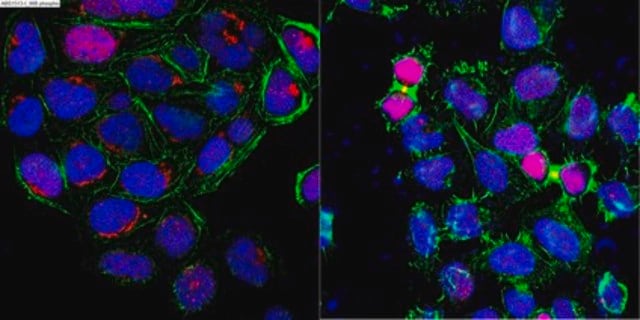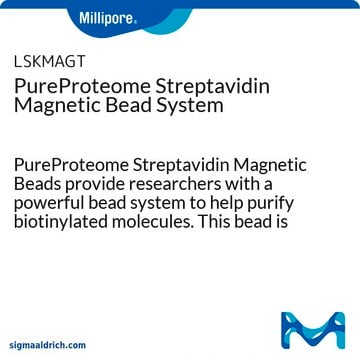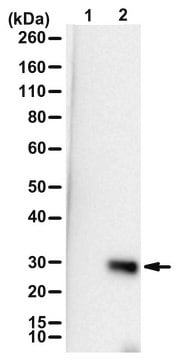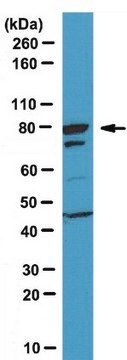ABS1513-I-AF488
Anti-phospho-Ubiquitin Antibody (Ser65), Alexa Fluor™ 488 Conjugate
from rabbit, ALEXA FLUOR™ 488
Synonyme(s) :
Ubiqutin, Ser65 phosphorylated, Ub, Ser65 phosphorylated
About This Item
Produits recommandés
Source biologique
rabbit
Niveau de qualité
Conjugué
ALEXA FLUOR™ 488
Forme d'anticorps
affinity isolated antibody
Type de produit anticorps
primary antibodies
Clone
polyclonal
Espèces réactives
human
Réactivité de l'espèce (prédite par homologie)
guinea pig (based on 100% sequence homology), bovine (based on 100% sequence homology), hamster (based on 100% sequence homology), mouse (based on 100% sequence homology), sheep (based on 100% sequence homology), rat (based on 100% sequence homology), nonhuman primates (based on 100% sequence homology), horse (based on 100% sequence homology)
Technique(s)
immunocytochemistry: suitable
Numéro d'accès UniProt
Conditions d'expédition
ambient
Modification post-traductionnelle de la cible
phosphorylation (pSer65)
Informations sur le gène
human ... UBB(7314)
Description générale
Spécificité
Immunogène
Application
Signaling
Qualité
Immunocytochemistry Analysis: A 1:100 dilution of this antibody detected CCCP treatment-induced ubiquitin Ser65 phosphorylation in PINK1-expressing HeLa cells.
Description de la cible
Forme physique
Stockage et stabilité
Autres remarques
Informations légales
Clause de non-responsabilité
Not finding the right product?
Try our Outil de sélection de produits.
Code de la classe de stockage
12 - Non Combustible Liquids
Classe de danger pour l'eau (WGK)
WGK 2
Certificats d'analyse (COA)
Recherchez un Certificats d'analyse (COA) en saisissant le numéro de lot du produit. Les numéros de lot figurent sur l'étiquette du produit après les mots "Lot" ou "Batch".
Déjà en possession de ce produit ?
Retrouvez la documentation relative aux produits que vous avez récemment achetés dans la Bibliothèque de documents.
Notre équipe de scientifiques dispose d'une expérience dans tous les secteurs de la recherche, notamment en sciences de la vie, science des matériaux, synthèse chimique, chromatographie, analyse et dans de nombreux autres domaines..
Contacter notre Service technique







